I’ve always considered food to be the most direct connection to a culture, so in a 3-part blog series I’m going to cover cuisines that push the limit about what we come to expect from food, warping aesthetics, changing structure, taste, blending cultures, and making us question what’s edible. In this first part, “Deconstructivist Cuisine,” I’ll look at El Bulli as a case study and a shining example of this culinary movement.
It might seem strange writing a postmortem review of a restaurant I’ve never visited. El Bulli, which closed in July 2011, was arguably the most exclusive, inventive, and artistic gastronomic experience in the world. Nested in the Mediterranean foothills of Spain, nearest the municipality of Roses, it existed in one form or another since 1993. It was run by the Adrià brothers, Ferran and Albert, and a large team of top-tier chefs. The restaurant served a 33-course meal to the lucky few who managed to get a reservation years in advance.
An inside look of the restaurant from the film “Cooking in progress.”
El Bulli worked in a unique culinary style sometimes deemed “Molecular Gastronomy.” Ferran rejects this term, and refers to El Bulli’s style as “Deconstructionist.” His work seems to operate outside the cultural boundaries of Spanish culinary history in a worldly melange of ingredients, crafted with Spanish pride. Using advanced cross-disciplined scientific and culinary techniques, El Bulli managed to tell an enthralling narrative to the tastebuds. Chef Ferran Adrià has been compared to Willy Wonka, and it’s not a stretch: the dishes are manipulated, deconstructed with a sense of playful creative, unexpected genius. The following technologies have been used in the gastronomic and aesthetic preparation of the courses:
- Carbon dioxide source, for adding bubbles and making foams
- Foams, which can also be made with an immersion blender
- Liquid nitrogen, for flash freezing and shattering
- Ice cream maker, often used to make unusual flavors, including savory
- Anti-griddle, for cooling and freezing
- Thermal immersion circulator for sous-vide (low temperature cooking)
- Food dehydrator
- Centrifuge
- Maltodextrin – can turn a high-fat liquid into a powder
- Sugar substitutes
- Enzymes
- Lecithin – an emulsifier and non-stick agent
- Hydrocolloids such as starch, gelatin, pectin, and natural gums – used as thickening agents, gelling agents, emulsifying agents, and stabilizers, sometimes needed for foams
- Transglutaminase – a protein binder, called meat glue
- Spherification – a caviar-like effect
- Syringe, for injecting unexpected fillings
- Edible paper made from soybeans and potato starch, for use with edible fruit inks and an inkjet printer
- Aromatic accompaniment: gases trapped in a bag, a serving device, or the food itself; an aromatic substance presented as a garnish or inedible tableware; or a smell produced by burning
- Presentation style is often whimsical or avant-garde, and may include unusual serviceware
- Unusual flavor combinations (food pairings) are favored, such as combining savory and sweet
- Using ultrasound to achieve more precise cooking times
In the deconstructivist method, every element of the course is considered: taste, aesthetic, serving, timing and much more. Precision is paramount to everything: how the colors and aesthetics invite and defy expectations; how portions are served, composed and delivered; and how the dish changes throughout the passing of time on the plate and during the dining experience. The following are official photographs from one night at El Bulli, and the extensive courses that were enjoyed.

Olive Oil Spring -- presented in a jewelry box atop Spanish salt. Eating instructions: Put the spring on your finger and eat it in one go, as it disappears in your mouth.
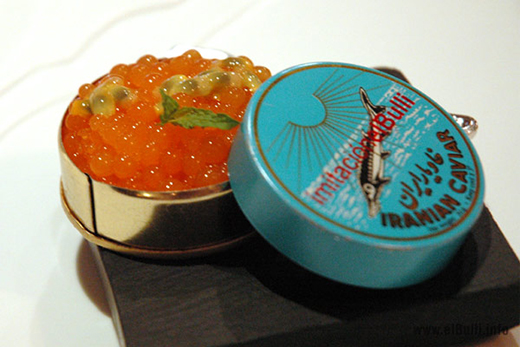
Melon caviar -- The caviar is turned into a sweet and juice imitation with a melon/passionfruit flavor. It is served packaged into El Bulli's copy of an Iranian caviar tin.
Now that El Bulli has closed, I still maintain my curiosity for this pioneering culinary experience, and it’s still one of my life goals, to make a culinary pilgrimage and eat a meal prepared by the Adrià brothers.
We’d love to hear what you think. Have you eaten at El Bulli? Or any deconstructivist restaurant? Is deconstructivist cuisine destroying culinary history or reshaping it? How does it change our expectations for the future?
Sources:
1. What’s All This We Hear about Molecular Gastronomy?”. Blackwell Synergy. 2006-08-02.
2. Cassi, Davide (February 2011), “Science and cooking: the era of molecular cuisine”, EMBO Reports (European Molecular Biology Organization)12: 191–6,doi:10.1038/embor.2011.
3. http://www.elbulli.info/
Tags: Adrià brothers, Albert Adrià, Deconstructivist Cuisine, el bulli, featured, Ferran Adrià, food, haute cuisine, Lane Kinkade

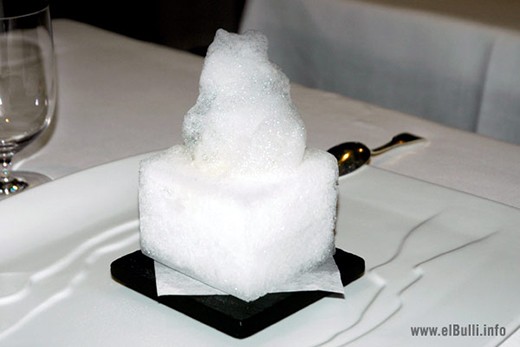
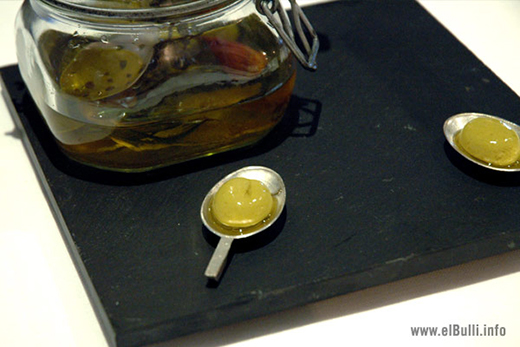
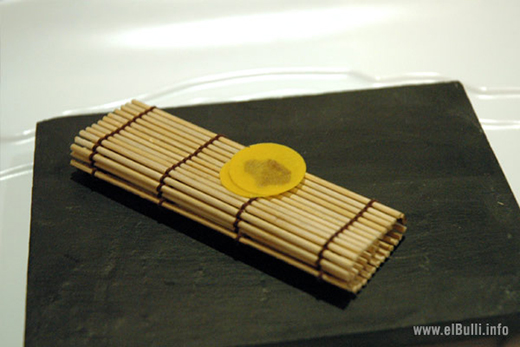
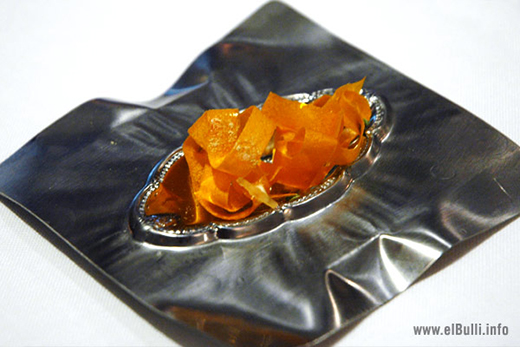
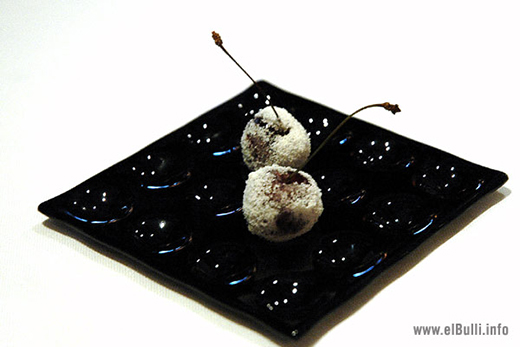


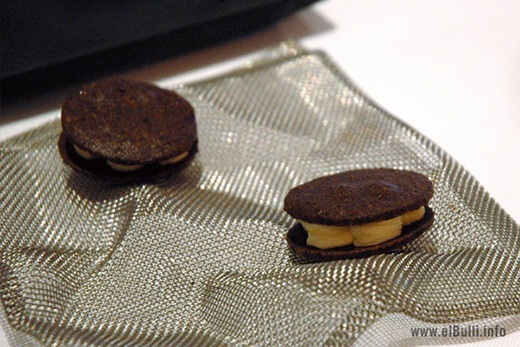

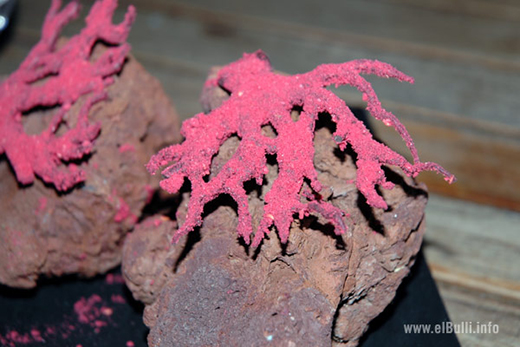
Join the Conversation